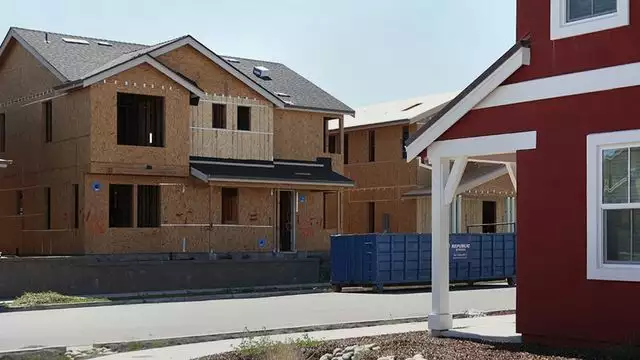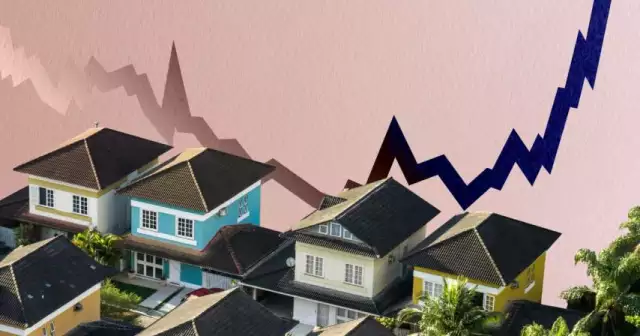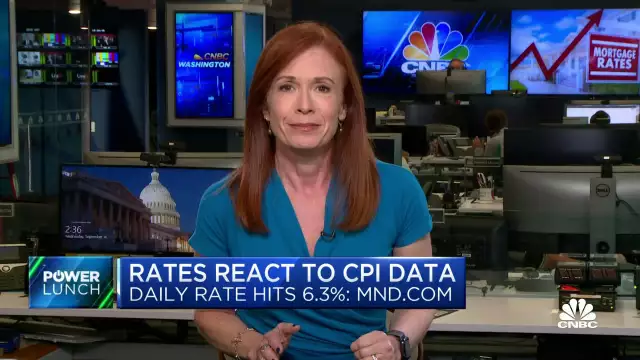Builders Slow Work on New Homes as Rising Mortgage Rates Temper Demand
Builders Slow Work on New Homes as Rising Mortgage Rates Temper Demand
The numbers: Construction of new houses fell slightly in April for the second month in a row, suggesting that rising mortgage rates, record home prices and the high cost of building materials are starting to bite.
Housing starts dipped 0.2 % to an annual pace of 1.72 million. That’s how many homes would be built in 2022 if construction took place at same rate over the entire year as it did in April.
Economists polled by MarketWatch had expected housing starts to register a 1.75 million rate after adjusting for the typical seasonal swings in demand.
New construction rose to a nearly 16-year high in February before backsliding in the past two months.
The number of permits, meanwhile, slipped 3.2% to a 1.82 million rate.
Permits foreshadow how many houses are likely to be built in the months ahead assuming a stable economy. They hit a 15-year high at the end of last year as mortgage rates tumbled to record lows, but permits have since leveled off.
Big picture: It’s been the same old story before and after the onset of the pandemic. There’s just not enough housing to go around.
Rising mortgage rates and high prices are likely to reduce demand, but lots of people still want to buy their own homes. There’s just little evidence to suggest builders can or will significantly increase construction.
Key details: Single-family houses accounted for about 64% of new construction in April, well below its historic average. Starts fell 7.3% to an annual rate of 1.1 million.
Yet work on multi-family projects of five units or more jumped almost 17% to a 612,000 annual rate—the highest since 1986.
Builders are putting more focus on big projects with lots of rental units to try to satisfy demand. More people could end up renting as they get priced out of buying a new home.
While single-family construction has risen 3.7% in the past year, starts on multifamily projects are up a whopping 16.3%.
Most of the new construction is taking place in the South, the fastest-growing region of the country. Starts jumped 10.6% in the South, where about half of all U.S. homes are built nowadays. They also rose 3.3% in The West.
Housing starts tumbled 23% in the Northeast and 22% in the Midwest, the two regions with the slowest amount of residential construction.
Looking ahead: “With mortgage rates surging and home prices sky-high, affordability has deteriorated considerably. It would be reasonable to expect some softening in housing demand,” said chief economist Stephen Stanley of Amherst Pierpont Securities.
“It will be important to watch housing data, as this sector could be the canary in the coalmine that offers an early read on how sensitive the economy will be to higher interest rates.”
Market reaction: The Dow Jones Industrial Average and S&P 500 SPX, -3.04% were set to fall in Wednesday trades. Stocks partly rallied this week after recent declines.




